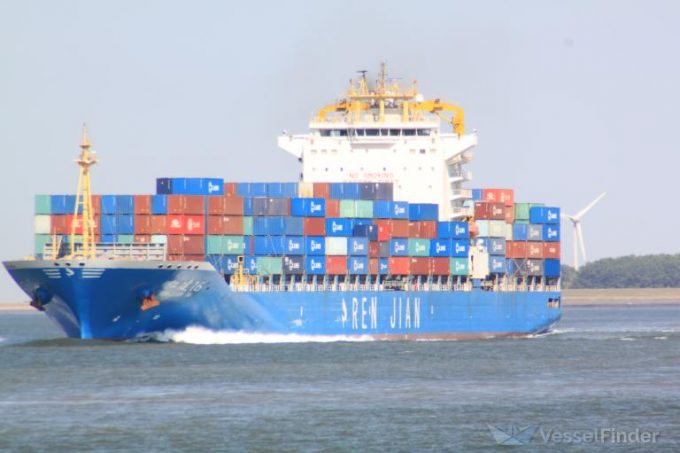Niche players continue to risk Red Sea transits with new services – at a price
Singapore-based NVOCC Summit Shipping has started its own liner operation, the latest opportunist to launch ...

SeaLead Shipping was the fastest-growing liner operator in 2023, according to statistics from Alphaliner and Linerlytica.
They show the carrier has increased its fleet by more than 20% year on year, all from chartering more ships.
SeaLead’s main motivation for growth is the emerging market in the Persian Gulf, particularly Saudi Arabia and, last week, it announced the launch of two services.
The first is a bi-weekly direct service along the Red Sea connecting major ports in Saudi Arabia, Yemen and Djibouti, targeting the growing cargo volumes in the Red Sea trade corridor. The second, MEDSA, connects the Mediterranean with Brazil.
SeaLead, based in Dubai and Singapore, now boasts capacity of 119,457 teu and is now the 18th-largest liner operator. All but one of the 27 ships it operates are chartered-in. A year ago, SeaLead was 20th-ranked, with 92,918 teu of capacity.
Linerlytica analyst Tan Hua Joo told The Loadstar SeaLead wants to develop its growing Middle East and Mediterranean transhipment operations. He said: “The SeaLead business is focused on its Middle East Gulf and East Mediterranean trades, where it deploys its two main services – the Far East-Middle East (FAM) and Five Seas Express (5CX).
“In recent months, SeaLead has also expanded with new services, the main expansion on the India-Egypt route, which connect with other operators in the Middle East and Mediterranean where growth has been strong.”
Last week, SeaLead chartered two 4,395 teu ships, Ren Jian 16 and Ren Jian 26, from China’s Antong Holdings, parent of Quanzhou Ansheng Shipping, and a spokesperson told The Loadstar the carrier had upsized capacity on some services by replacing vessels with larger ones.
“For the Red Sea service, SeaLead had a service until recently in this area and is resuming with the addition of Hodeidah. The huge growth in Saudi Arabia is also creating opportunities, which is adding to higher demand in the region and in the Red Sea,” he said.
During the summer, Container xChange reported freight rates to the emerging markets in the Persian Gulf and South America had been growing, in contrast to the weakening east-west lanes.
Comment on this article